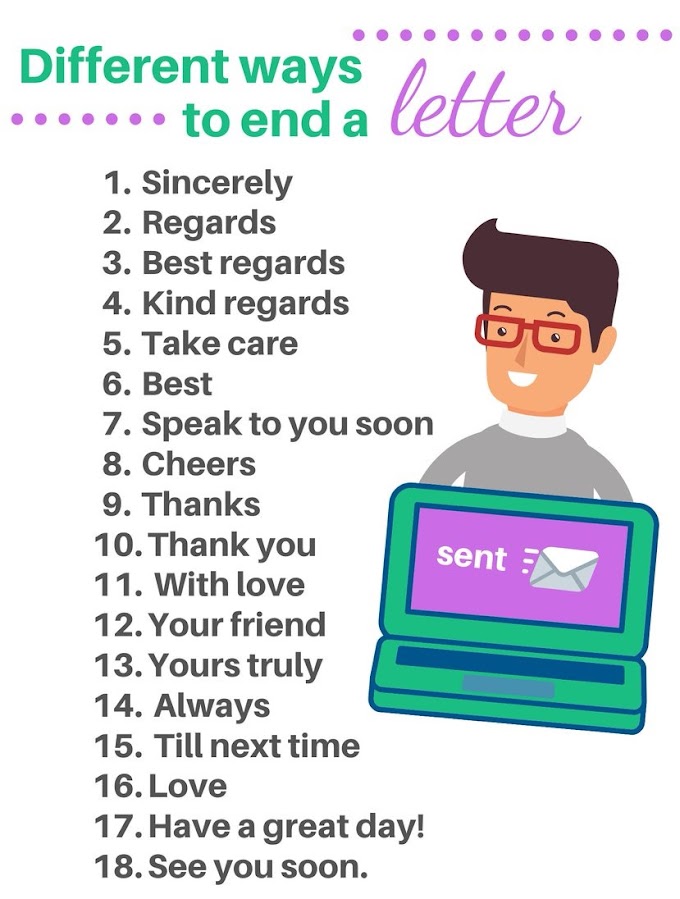ARTICLE TABLE OF CONTENTS
While a simple "Hi," "Hello," or even "Hey" is appropriate in casual correspondence, a more formal salutation is appropriate when you are emailing about a business-related matter, such as a cover letter, letter of recommendation, or inquiry letter.
The following is a list of letter salutation examples that are appropriate for business and employment-related correspondence. Later, we’ll explain how to select and format a salutation, as well as how to address a letter to someone whose name you do not know.
Business Letter Salutation Examples
- Dear Mr. Smith
- Dear Mr. and Mrs. Smith
- Dear Mr. White and Ms. Smith
- Dear Dr. Smith
- Dear Judge Smith
- Dear Ms. Jones
- Dear Jane Doe
- Dear Dr. Haven
- Dear Dr. and Mrs. Haven
- Dear First Name (if you know the person well)
NOTE: All of these salutations begin with the word “dear.” While you can simply start a letter with the person’s name, that can be misinterpreted as abrupt or even rude. It's always safe to begin your salutation with the word “dear” in a business letter.
One exception is when you use the general salutation “To Whom It May Concern,” but more on that in a moment.
When You Don't Have a Contact Person
If you don't have a contact person at the organization, you can either leave off the salutation and start with the first paragraph of your letter or use a general salutation such as “To Whom It May Concern.”
However, before using a general salutation (or leaving off a salutation), do your best to try to find out the name of the person you are contacting. If you are applying or inquiring about a job and the hiring manager’s name is not included on the job listing, you might look up the title of the employer or hiring manager on the company website. If there is a contact number, you might also call and ask an administrative assistant for the name of the hiring manager.
If you are sending a different type of letter, you can still look up the person’s name on the company website, or speak to an administrative assistant or contact at the company for the name of the person you are trying to reach.
General Salutations for Business Letters
- Dear Hiring Manager
- To Whom It May Concern
- Dear Human Resources Manager
- Dear Sir or Madam
Guidelines for Names and Titles
The salutation should typically use the person's last name, along with a "Mr." or "Ms." In general, avoid using "Mrs." or "Miss" unless you are certain of how a female recipient wants to be addressed. When in doubt, default to using "Ms."
If you are writing to someone who has a doctorate or medical degree, use the abbreviated form: "Dr." However, for other titles (such as “professor,” “judge,” “rabbi,” etc.), write out the full title and capitalize it. For example, your salutation in a letter to a judge would be, "Dear Judge Barnard." Or, if your correspondence was with a rabbi, you might write, "Dear Rabbi Williams."
When your letter is to more than one person, write out all of their names separately, separating them with commas. For example, "Dear Mr. Hobbes, Ms. Luxe, and Mr. Hopman." For married couples, if one person in the couple has changed his or her name, you only need to use the last name once. For instance, "Dear Mr. and Mrs. Smith."
Sometimes a person's gender is unclear from a name –– names like "Corey" or "Blake" are both common women's and men's names. If that is the case, do some investigating to determine gender by searching on LinkedIn or a company website. But if it remains ambiguous, simply write out the person's full name, dropping the title. For example, "Dear Corey Meyer."
How to Format a Letter Greeting
Follow the salutation with a colon or comma, a space, and then start the first paragraph of your letter. Using a colon is the more formal option. For example:
Dear Mr. Smith:
[First paragraph of letter.]
Spellcheck Names
Finally, before sending a business letter, make absolutely sure that you have spelled the person’s name correctly. Double-check the spelling on the company website or on LinkedIn.
📝 TIPS: Consider asking a trusted friend to proofread your message before you send it, paying particular attention to the spelling of names.
🔎 Key Takeaways
KEEP THINGS FORMAL:When writing business correspondence, always begin your message with a formal rather than a casual salutation: “Dear Mr. Jones” as opposed to “Hi.” “Dear” should always proceed the recipient’s name, except for occasions where you cannot find contact information and need to use “To Whom It May Concern.”
KNOW YOUR RECIPIENT:If you have doubts about your recipient’s name, gender, or professional title, research this information by looking at their LinkedIn account or their company’s website. Alternatively, it is also fine to call their employer’s HR department or reception desk and ask for this information.
SPELLCHECK:Confirm that you have used the correct spelling of your correspondent’s name by double-checking its spelling on social media sites or company webpages.




0 टिप्पणियाँ